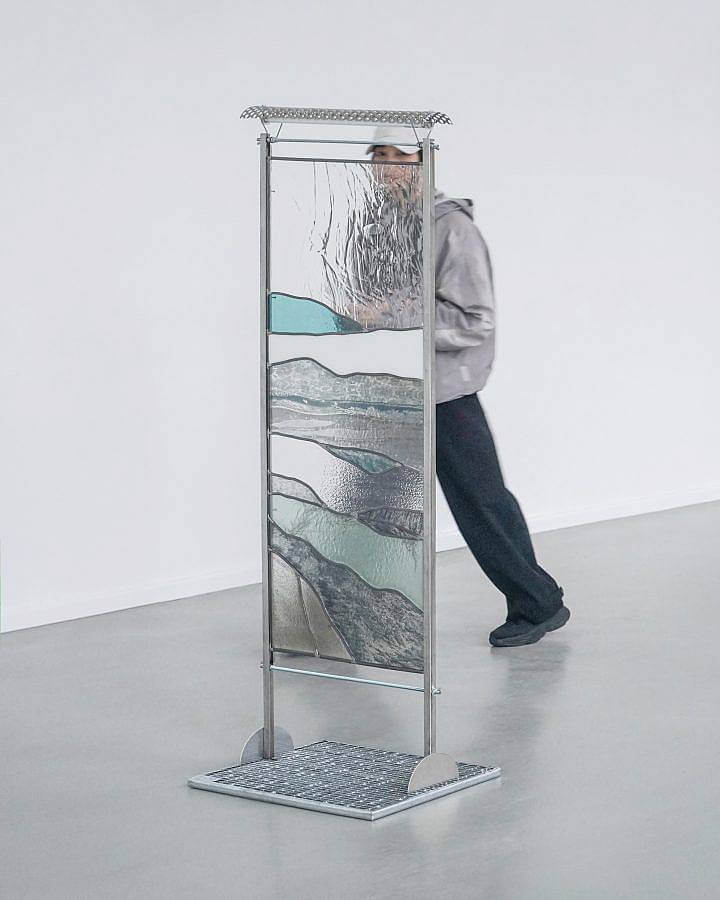Tell us a little bit about yourself, your background, and your practice.
Hi, my name is Ju Young Kim, an artist from Seoul, based in Munich. My practice often includes travelling objects and parts of transportation, with glass using various techniques.
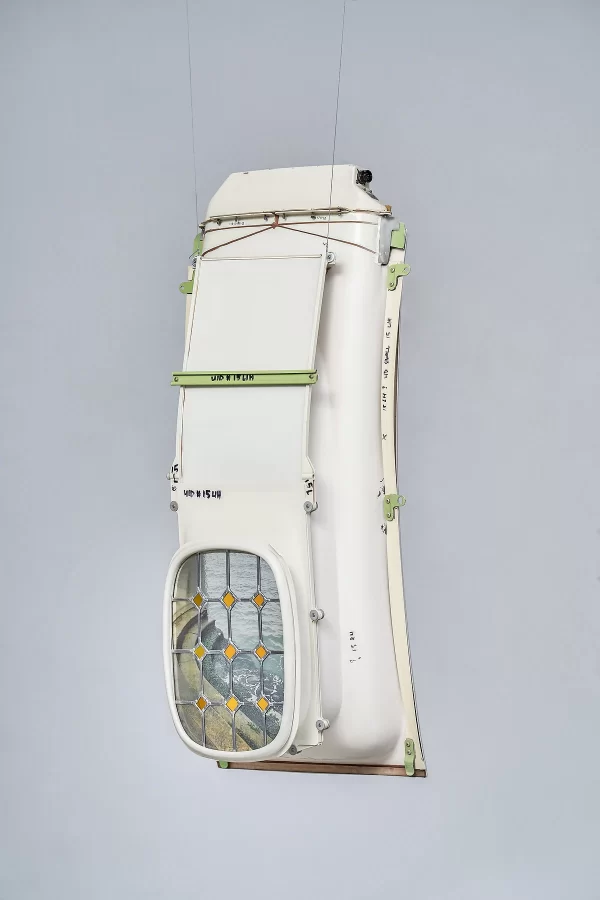
What/who is influencing your work right now?
I’m intrigued by high-tech structures, elements from various bodies of machines and transportation, and also ornamental patterns, especially from Art-nouveau, Art deco style of art. They seem to be far away but somehow also very similar. Both have a strong aesthetic aspect, including functions and practicality. Also I’m interested in traveling moments, and transit zones in human life in general.
Describe your current studio or workspace. (Please provide a photo of it if you have one)
I moved to a new studio recently. I had the privilege to work in a very well equipped glass workshop from the Art Academy in Munich, but as I graduated last February, moved my base to a new studio. It’s a lovely space, I’m looking forward to working in a fresh environment.
What are the main motifs in your work?
Organic decorative art nouveau patterns, Cartography, geographical features, and high tech aviation objects and often scientific references.
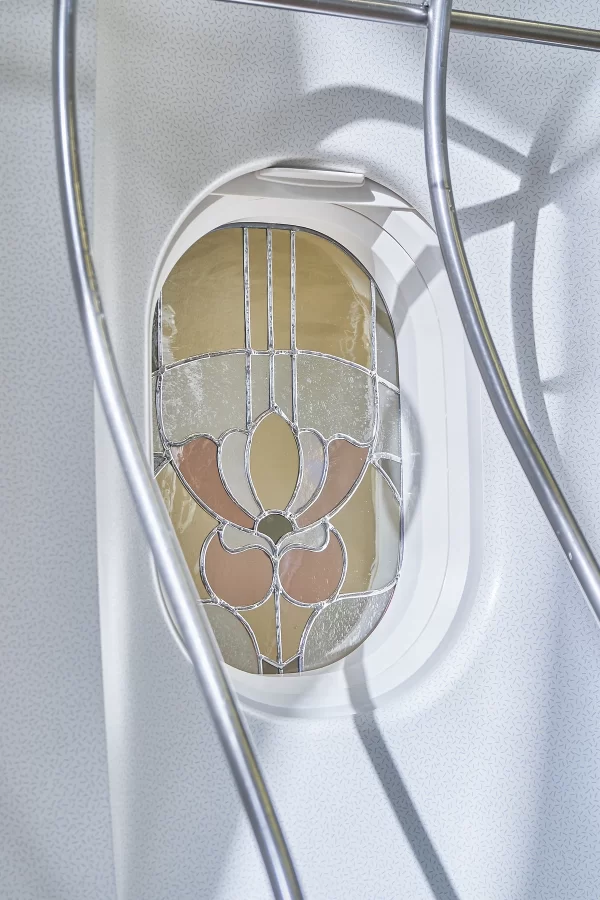
What are some recent, upcoming, or current projects you are working on?
Recently I worked on my master degree show ‘Aeroplastics’ in Munich. Currently I’m working on a new work for a group show in Tokyo in May, and a solo show in Berlin this summer. Also I’m working on a new publication with a designer and gallery – should be published by the end of this year 🙂
If you had not become an artist what do you think you would be doing?
Maybe a cook. My mum used to be a cook and I also enjoy cooking very much. And for me, nice food with people I love is a crucial part of good living!
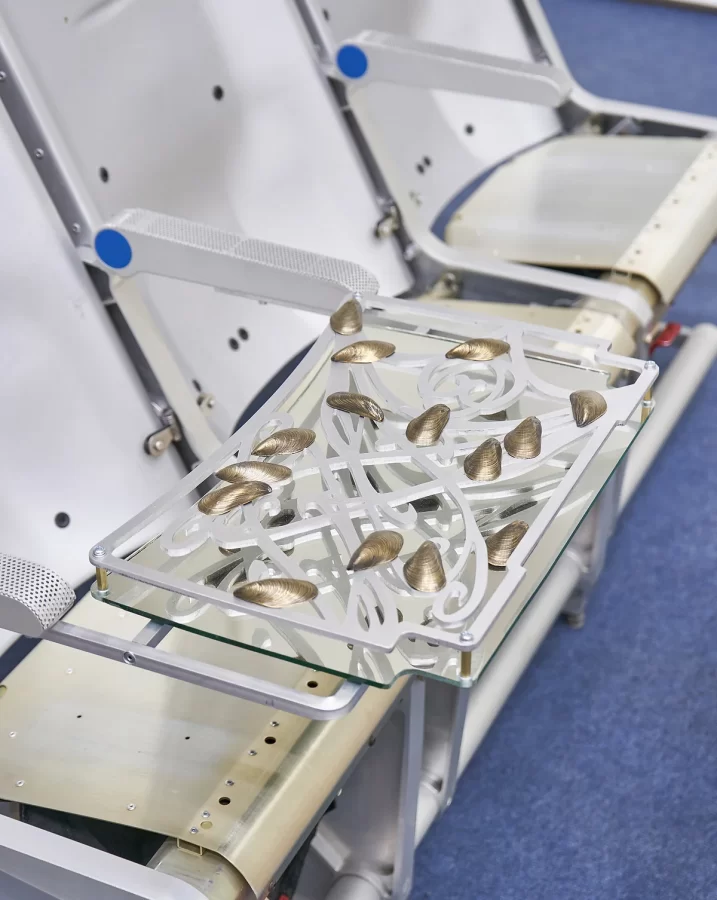
What was your earliest interaction with art that the most impactful impression?
I used to like to draw, make strange things, and also liked very much to take photos with my grandfather’s old film camera. Still I enjoy taking photos, especially during a travel moment 🙂 and those photos are often becoming a motif or a part of my sculpture.
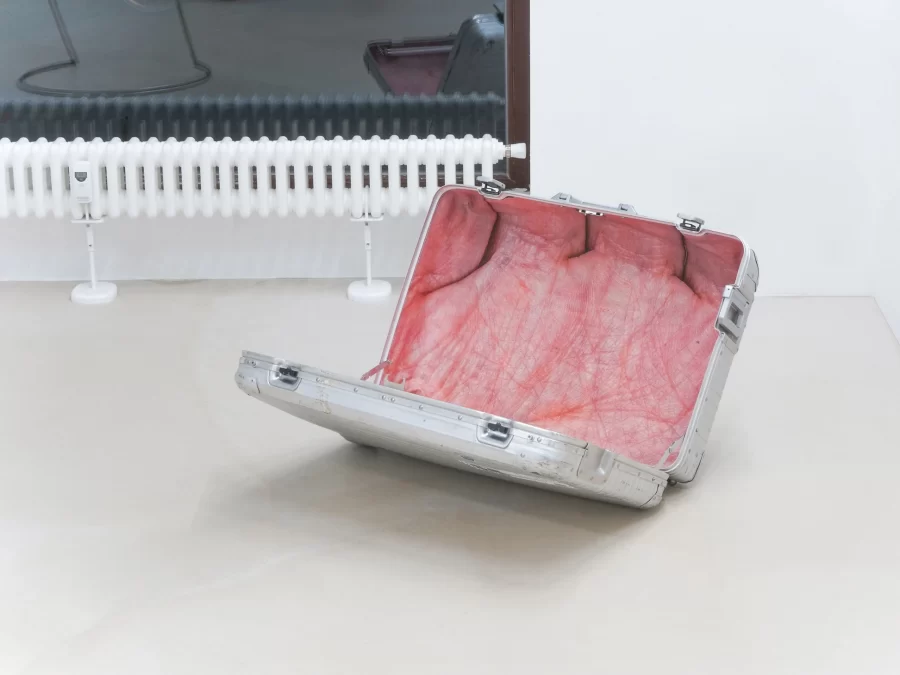
What special considerations do you make when working with glass and how did you come to work with this medium?
Somehow, transparency has always been important from my earlier work. For me, material wise, it’s important to have an in between status. As if people see the other side through the glass. I’ve been using other transparent materials before. Such as acrylic glass, epoxy resin and plastics. But I wanted to work on more permanent and firm material that can hold its personality longer. And as I learned the glass in my home university in Seoul, I wanted to continue with that speciality. Along with the transparency, glass is such an interesting material as it always comes with unexpected results with the different processes. Sometimes it’s not easy to work with though. But I enjoy that so far and there are still so many techniques to discover and experiment. In a parallel, glass has a rich historical references and conceptual backgrounds which I also very much enjoy discovering through my artistic practice.
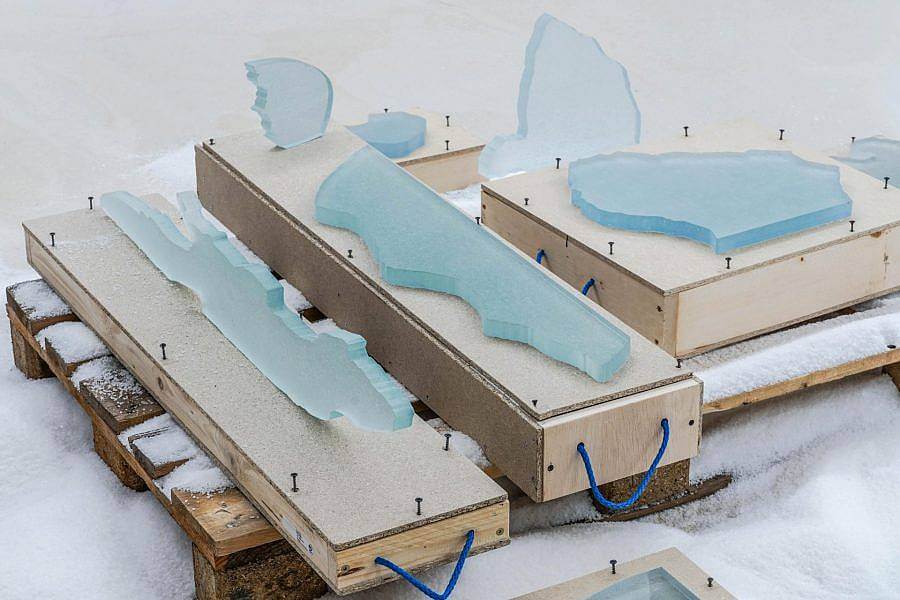
If you had to explain your work to a stranger, what would you say?
I would say my work is a continuous journey to question and position where I am and will be along with the environment. Regardless where you come from, those questions must be the most general and personal issues for every individual. Those moments I can’t navigate myself or questioning – are often included in my works. It’s actually hard to explain my own work! I’d like to quote Tina Tin, a curator who wrote about my work 🙂 “The installations and objects using materials such as glass, ceramics, metal, plastic and transport modules, the components of transport systems of aircraft, for example, as well as elements that include landscapes and anonymous objects. The visual aesthetic of her works is characterized by the precision of form, color ambiguity, and often surreal elements. In her conceptual explorations, expressed in past and current series, she examines the relativity of space and time from the perspective of a transcontinental traveler. She investigates transitional states expressed through transformations of various physical and symbolic attributes that mostly occur in the so-called “transit zones” of our lives.”
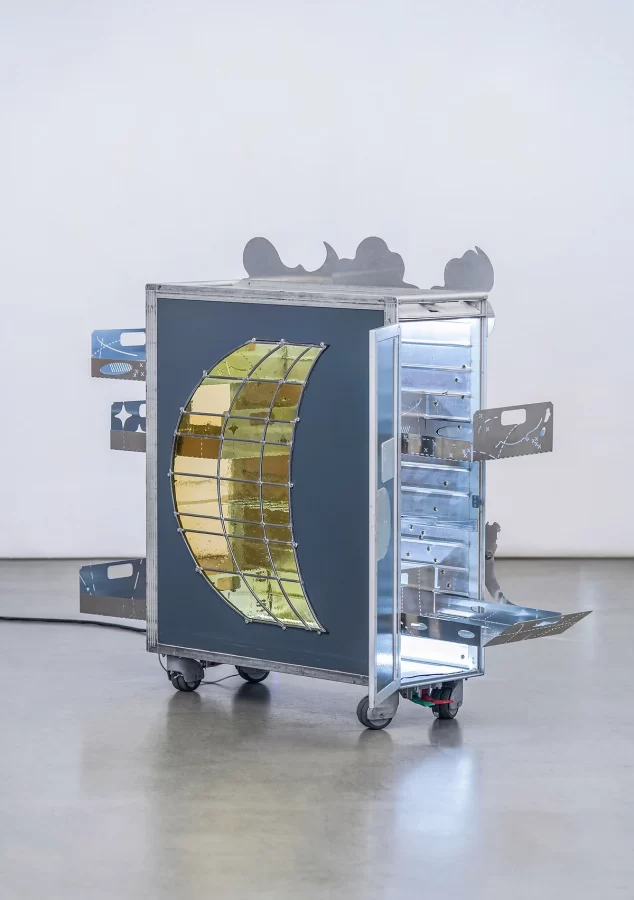
What’s your favourite thing about living and working in Munich and how it shaped the perspective of your art?
I like Munich as it is perfectly adequate for my needs. It’s not so big so I don’t spend much time on the road, but still it’s well connected and also a very bike friendly city. Also the city has a privileged location to access nature, lots of mountains and lakes are around. Especially during summer days it’s great to go to the lake and swim. Those environments give me calmness, concentration on my work and also help to balance life.
Interview conducted by Wonu Balogun and edited by Lily Szymanski. All images courtesy of the artist.
